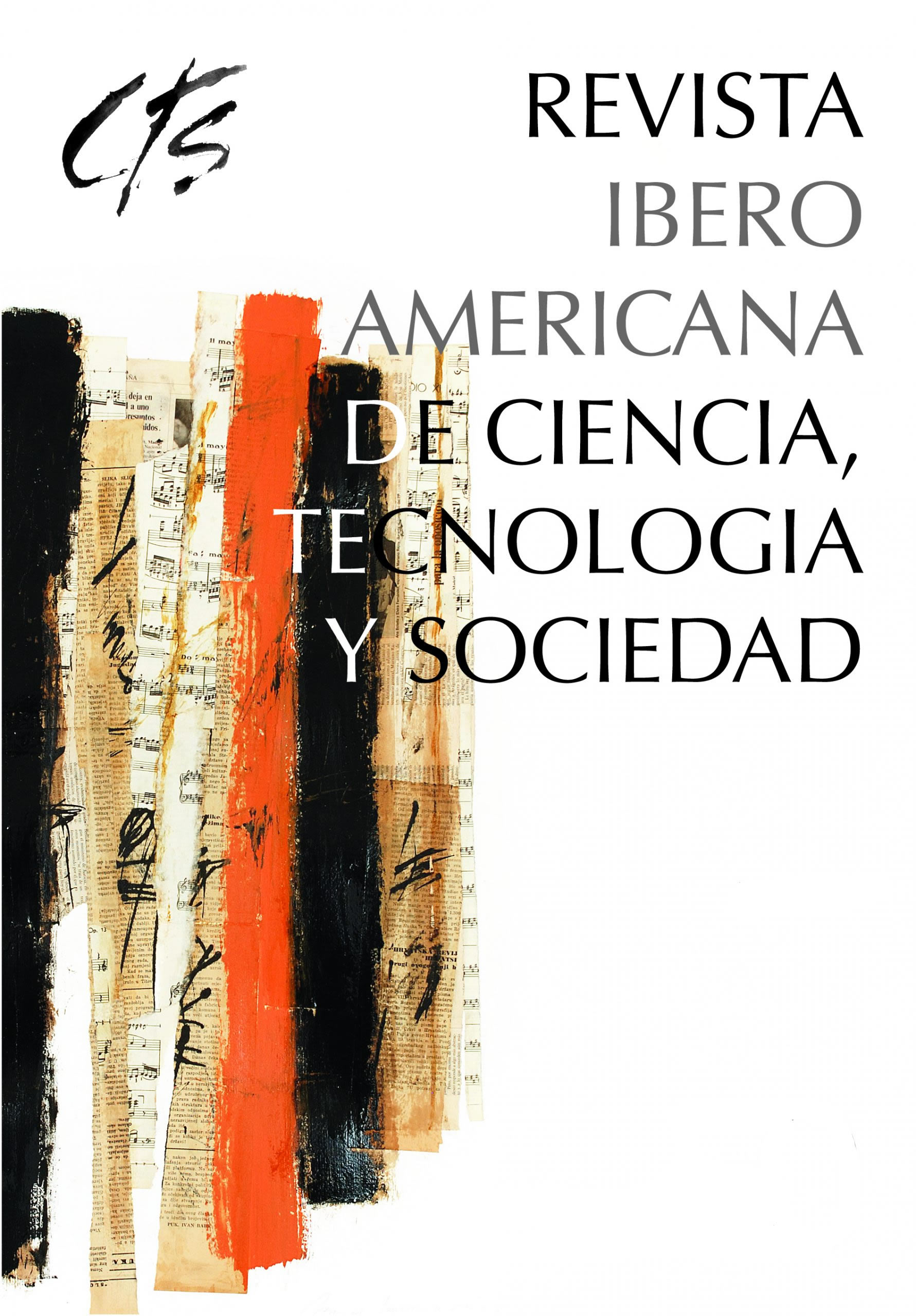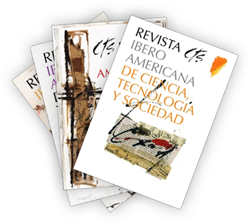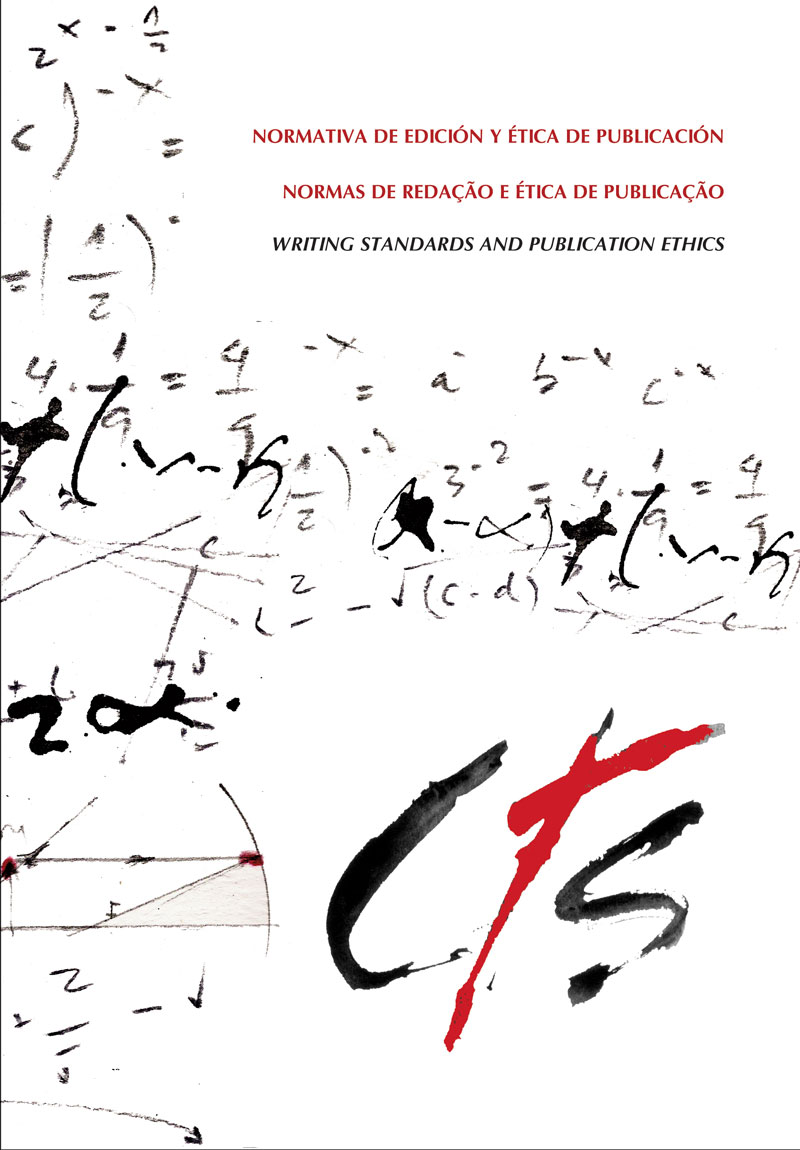New Forms of Public Institutionality for the Creation of Citizen Innovation Communities
Keywords:
innovation studies, communities of practice, citizen laboratoriesAbstract
This article explores how citizen laboratories, specifically Medialab-Prado in Spain (currently Medialab Matadero) and LABNL in Mexico, transform public institutions and foster the creation of citizen innovation communities. In a context of growing disconnection between public institutions and citizens, it investigates how these laboratories facilitate citizen participation and the creation of innovative solutions. Using a multi-sited ethnographic methodology, the study carried out analyzes the mechanisms and practices that allow these laboratories to act as innovative infrastructures. The findings suggest that citizen laboratories democratize innovation processes and mobilize citizens, contributing to greater flexibility and openness of public institutions. This article aims to provide new perspectives for the development of more inclusive and participatory public policies.
Downloads
References
Agamben, G. (1996). La comunidad que viene. Valencia: Pre-textos.
Benkler, Y. (2015). La riqueza de las redes: Cómo la producción social transforma los mercados y la libertad. Barcelona: Icaria Editorial.
Bennis, W. (1997). Organizing genius: The secrets of creative collaboration. Reading: Addison-Wesley.
Benoit, S. (2017). Partielles, partiales et unies: les épistémologies féministes et la question de l’objectivité en science. Revue A5, hiver, 1–17. Recuperado de: https://revuea5.uqam.ca/wp-content/uploads/sites/13/2018/08/Revue-A5-vol.-7.pdf#page=4.
Bhatti, Y., Prabhu, J. & Harris, M. (2020). Innovación frugal para las crisis de hoy y mañana. Stanford Social Innovation Review en Español del Tecnológico de Monterrey. Recuperado de https://ssires.tec.mx/es/innovacion-frugal-para-las-crisis-de-hoy-y-mañana.
Bijker, W. (1997). La construcción social de la baquelita: hacia una teoría de la invención. En M. González, J. A. López & J. L. Luján (Eds.), Ciencia, tecnología y sociedad (103-129). Barcelona: Ariel.
Bollier, D. (2016). Pensar desde los comunes. Una breve introducción. Traficantes de Sueños.
Bordignon, F. R. A. (2017). Laboratorios de innovación ciudadana, espacios para el hacer digital crítico. Virtualidad, Educación y Ciencia, 8.
Callon, M. (1998). El proceso de construcción de la sociedad. En M. Doménech & F. Tirado (Eds.), Sociología simétrica (143-170). Buenos Aires: Gedisa.
Christiano, T. (2022). Algorithms, manipulation, and democracy. Canadian Journal of Philosophy, 52(1), 109–124. DOI: https://doi.org/10.1017/can.2021.29.
Collins, H. (2010). Tacit and explicit knowledge. Chicago: University of Chicago Press.
Collins, P. H. (1990). Black feminist thought: Knowledge, consciousness, and the politics of empowerment. Londres: Routledge.
Corsín Jiménez, A. (2017). Reclamar las infraestructuras. La Aventura de Aprender. Recuperado de: https://laaventuradeaprender.intef.es/wp-content/uploads/2023/06/AlbertoCorsin_infraestructurasD.pdf.
Crenshaw, K. (1991). Mapping the margins: Intersectionality, identity politics, and violence against women of color. Stanford Law Review, 43(6), 1241–1299. DOI: https://doi.org/10.2307/1229039.
Dewey, J. (2016). The public and its problems. Athens: Swallow Press.
Easterly, W. (2006). The white man’s burden. Londres: Penguin.
Funtowicz, S. O. & Ravetz, J. R. (1993). Sciences in the post-normal age. Futures, 25(7), 739–755. DOI: https://doi.org/10.1016/0016-3287(93)90022-L.
Gómez Abad, D. & Freire, J. (2023). La emergencia de los laboratorios ciudadanos. European Public & Social Innovation Review, 8(2), 65–79. DOI: https://doi.org/10.31637/epsir-2023-248.
Gómez, F. J., Durlan, C., Cáceres, S. & Aleixandre, G. (2008). La participación pública en el contexto de los proyectos tecnológicos. Revista Iberoamericana de Ciencia, Tecnología y Sociedad -CTS, 4(10), 139-157. Recuperado de: https://www.revistacts.net/contenido/numero-10/la-participacion-publica-en-el-contexto-de-los-proyectos-tecnologicos/.
Haraway, D. (1988). Situated knowledges. Feminist Studies, 14(3), 575–599. DOI: https://doi.org/10.2307/3178066.
Hess, C. (2008). Mapping the new commons. 12th Biennial Conference of the IASC. Recuperado de: http://dlc.dlib.indiana.edu/dlc/bitstream/handle/10535/304/Mapping_the_New_Commons.pdf.
Hooks, B. (1981). Ain't I a woman. Boston: South End Press.
Ito, J. (2017). The antidisciplinary approach. Research-Technology Management, 60(6), 22-28. DOI: https://doi.org/10.1080/08956308.2017.1373047.
Jasanoff, S. (1990). The fifth branch. Cambridge: Harvard University Press.
Jasanoff, S. (2005). Designs on nature. Princeton: Princeton University Press.
Kelty, C. M. (2008). Two bits. Durham: Duke University Press. DOI: https://doi.org/10.1215/9780822389002.
Kostakis, V. & Bauwens, M. (2014). Network society and future scenarios for a collaborative economy. Londres: Palgrave Macmillan. DOI: https://doi.org/10.1057/9781137406897.
Lafuente, A. (2023). Itinerarios comunes. Ned Ediciones.
Latour, B. (2004). ¿Por qué se ha quedado la crítica sin energía? Convergencia, 11(35), 17-49.
Latour, B. & Woolgar, S. (1995). La vida en el laboratorio. Madrid: Alianza Universidad.
Lindblom, C. E. (1959). The science of “muddling through.” Public Administration Review, 19(2), 79-88. DOI: https://doi.org/10.2307/973677.
Maggi, C. R. & Díaz Montero, F. (2019). Hacer el cuerpo común. Inmaterial, 4(8), 13-31.
Mair, J. & Gegenhuber, T. (2022). Innovación social abierta. Stanford Social Innovation Review en Español. Recuperado de: https://ssires.tec.mx/es/innovacion-social-abierta.
Morozov, E. (2013). To save everything, click here. PublicAffairs.
Ostrom, E. (1990). Governing the commons. Cambridge: Cambridge University Press. DOI: https://doi.org/10.1017/CBO9780511807763.
Ostrom, E. (1992). Crafting institutions for self-governing irrigation systems. Bristol: ICS Press.
Pascale, P. (2018). Laboratorios de innovación ciudadana. Pensamiento Iberoamericano, 6, 63–72.
Pascale, P., & Resina, J. (2020). Prototipando las instituciones del futuro: el caso de los laboratorios de innovación ciudadana (Labic). Iberoamerican Journal of Development Studies, 9(1), 6-27. DOI: https://doi.org/10.26754/ojs_ried/ijds.437.
Pascale, P., & de la Fuente, J. R. (2020). Prototipando las instituciones del futuro. Revista Iberoamericana de Estudios de Desarrollo, 9(1), 6-27.
Phills, J. A., Deiglmeier, K. & Miller, D. T. (2021). Redescubrir la innovación social. Stanford Social Innovation Review en Español. Recuperado de: https://ssires.tec.mx/es/noticia/plantar-un-laboratorio-ciudadano-en-la-avenida-principal.
Rabeharisoa, V. & Callon, M. (2002). La participación de las asociaciones de pacientes en la investigación. Revista Internacional de Ciencias Sociales, 171. Recuperado de: https://journals.openedition.org/rccs/1996.
Raymond, E. S. (2000). The cathedral and the bazaar. Recuperado de: http://catb.org/~esr/writings/cathedral-bazaar/cathedral-bazaar/.
Rittel, H. & Webber, M. (1973). Dilemmas in a general theory of planning. Policy Sciences, 4(2), 155–169. DOI: https://doi.org/10.1007/BF01405730.
Schiavo, E., & Serra, A. (2013). Laboratorios ciudadanos e innovación abierta. Revista Iberoamericana de Ciencia, Tecnología y Sociedad -CTS, 8(23), 115-121. Recuperado de: https://ojs.revistacts.net/index.php/CTS/article/view/644.
Schumpeter, J. A. (2002). Teoría del desenvolvimiento económico. México: Fondo de Cultura Económica.
Smith, A., Fressoli, M. & Thomas, H. (2014). Grassroots innovation movements. Journal of Cleaner Production, 63, 114-124. DOI: https://doi.org/10.1016/j.jclepro.2012.12.025.
Star, S. L. & Griesemer, J. R. (1989). Institutional ecology, ‘translations’ and boundary objects. Social Studies of Science, 19(3), 387-420. DOI: https://doi.org/10.1177/030631289019003001.
Toret, J., Calleja-López, A., Marín Miró, O., Aragón, P., Aguilera, M., & Lumbreras, A. (2013). Tecnopolítica. IN3 Working Paper Series.
Von Hippel, E. (2005). Democratizing innovation. Cambridge: The MIT Press.
Wenger, E. (1998). Communities of practice. Systems Thinker, 9(5), 2–3. Recuperado de: https://thesystemsthinker.com/wp-content/uploads/pdfs/090501pk.pdf.
Wynne, B. (1996). May the sheep safely graze? En S. Lash, B. Szerszynski, & B. Wynne (Eds.), Risk, environment and modernity (44-83). Thousand Oaks: Sage.
Downloads
Published
How to Cite
Issue
Section
License
Copyright (c) 2025 CC Attribution 4.0

This work is licensed under a Creative Commons Attribution 4.0 International License.
All CTS's issues and academic articles are under a CC-BY license.
Since 2007, CTS has provided open and free access to all its contents, including the complete archive of its quarterly edition and the different products presented in its electronic platform. This decision is based on the belief that offering free access to published materials helps to build a greater and better exchange of knowledge.
In turn, for the quarterly edition, CTS allows institutional and thematic repositories, as well as personal web pages, to self-archive articles in their post-print or editorial version, immediately after the publication of the final version of each issue and under the condition that a link to the original source will be incorporated into the self-archive.










